





 |
 |
 |
 |
 |
 |
| Jonathan Cheah Weng Kwong | profile | all galleries >> Others >> Freaky Accidents >> High Profile Species >> Jakarta 2011 >> Fregata Andrewsi - Christmas Frigatebird | tree view | thumbnails | slideshow |
| previous page | pages 1 2 ALL | next page |
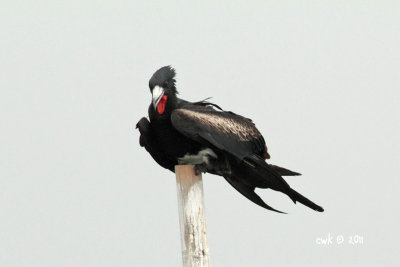 IMG_4924.jpg |
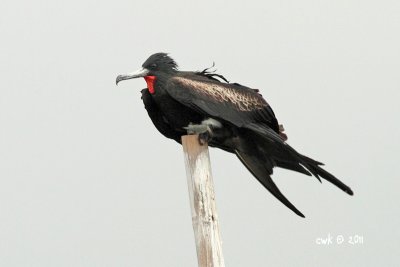 IMG_4934.jpg |
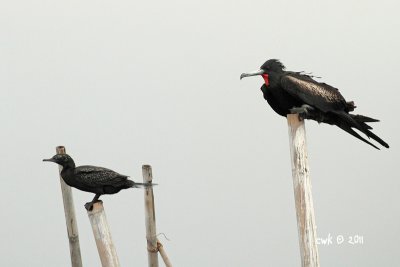 IMG_4940.jpg |
 IMG_4943.jpg |
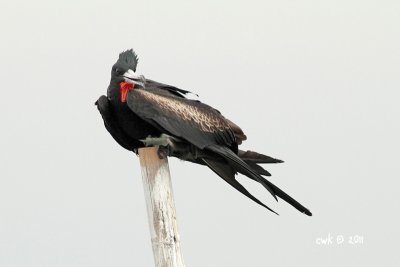 IMG_4947.jpg |
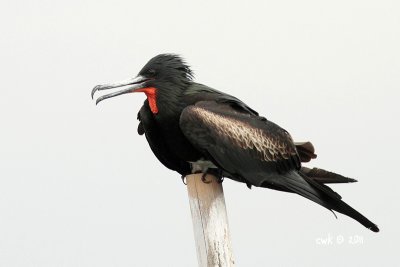 IMG_4960.jpg |
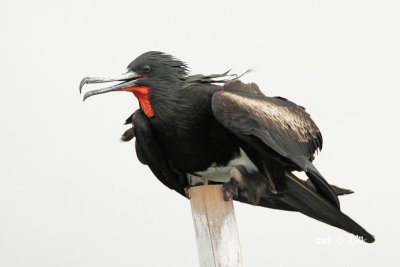 IMG_4969.jpg |
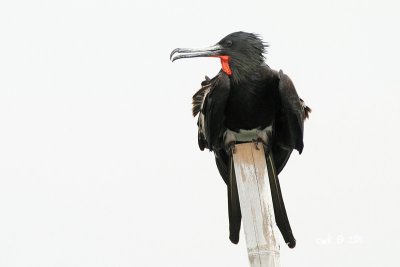 IMG_4985.jpg |
 IMG_4986.jpg |
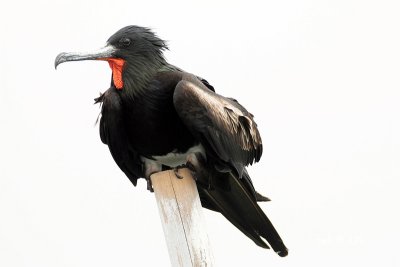 IMG_5008.jpg |
 IMG_5009.jpg |
 IMG_5027.jpg |
| previous page | pages 1 2 ALL | next page |
| comment | share |